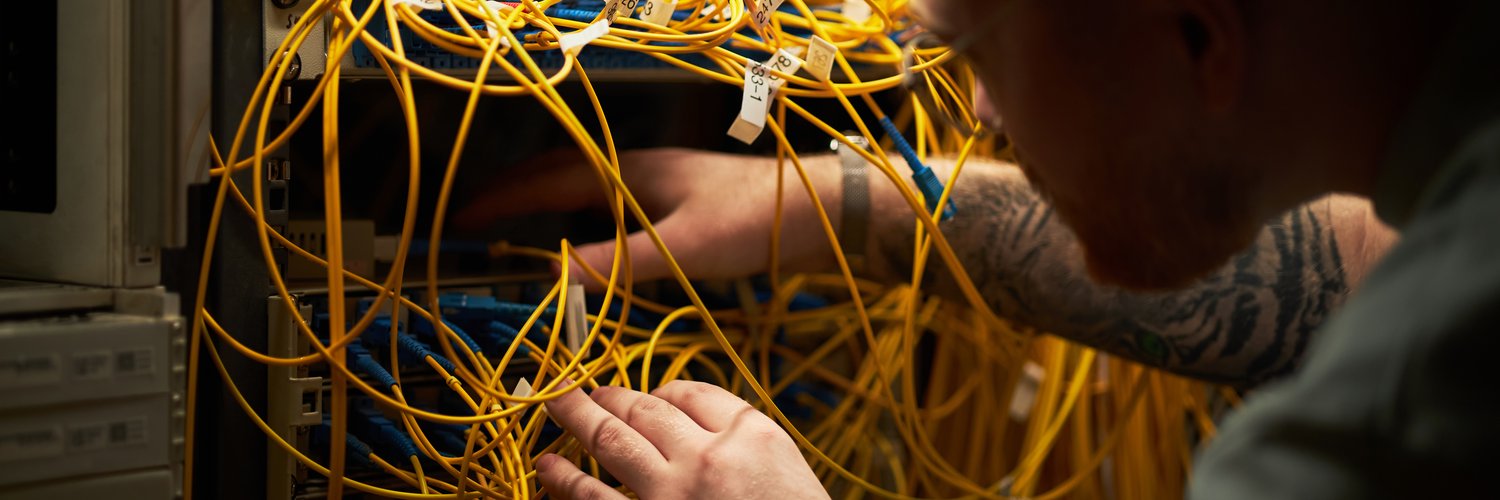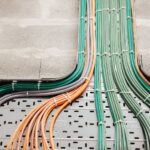Understanding the importance of proper cable management
Cable management is crucial in the field of energetics. It ensures safety, efficiency, and longevity of electrical systems. Proper organization of cables reduces the risk of accidents and improves system performance. In large-scale projects, effective cable management can save up to 30% of installation time. This efficiency translates to significant cost savings for businesses. Moreover, well-managed cables are easier to maintain and troubleshoot, reducing downtime by up to 40%.
energetics https://onninen.pl/en/products/Energetics professionals rely on various tools and accessories for optimal cable management. These include cable ties, conduits, and labeling systems. Each tool serves a specific purpose in organizing and protecting cables. For instance, cable ties can support up to 75 pounds of weight, making them suitable for heavy-duty applications. Conduits provide physical protection and can increase cable lifespan by up to 15 years.
Selecting the right Cable accessories https://onninen.pl/en/products/Energetics/Cable-accessories is essential for effective cable management. These accessories come in various materials, sizes, and designs. Plastic accessories are lightweight and cost-effective, while metal ones offer greater durability. The choice depends on the specific requirements of each project. For outdoor installations, UV-resistant accessories can extend the life of cables by up to 5 years.
Regular maintenance of cable management systems is vital for longevity. This includes periodic inspections, cleaning, and replacement of damaged components. A well-maintained system can reduce energy losses by up to 10%. It also minimizes the risk of electrical fires, which account for 6.3% of all residential fires. Proper maintenance ensures compliance with safety regulations and industry standards.
Essential tools for cable processing and installation
Cable processing tools are indispensable for professionals in energetics. These tools enable precise cutting, stripping, and termination of cables. High-quality Cable processing tools https://onninen.pl/en/products/Energetics/Cable-accessories/Cable-processing-tools can increase productivity by up to 50%. They also reduce waste and improve the overall quality of installations. For example, a good wire stripper can process up to 300 wires per hour.
Cable cutters are essential for clean and precise cuts. They come in various sizes, capable of cutting cables up to 1000 MCM. Using the right cutter can prevent damage to the cable’s internal structure. This preservation of integrity can increase the cable’s lifespan by up to 20%. Some advanced cutters feature ratchet mechanisms, reducing the required force by up to 40%.
Wire strippers are crucial for preparing cables for termination. They remove insulation without damaging the conductor. Automatic strippers can process up to 20 wires per minute. This speed significantly reduces installation time on large projects. Precision strippers can remove insulation as thin as 0.1mm, ensuring perfect connections.
Crimping tools are used for secure cable terminations. They apply uniform pressure, creating reliable electrical connections. A properly crimped connection can withstand up to 100 pounds of pull force. High-quality crimpers can perform up to 50,000 crimps before needing replacement. This durability makes them a cost-effective investment for professionals.
Best practices for cable organization and labeling
Effective cable organization starts with a clear plan. This plan should account for current needs and future expansion. A well-organized system can accommodate up to 30% more cables without redesign. It’s crucial to leave at least 20% of space for future additions. This foresight can save significant time and resources in the long run.
Color coding is a powerful tool for cable organization. It allows quick identification of different cable types and functions. A standardized color system can reduce troubleshooting time by up to 60%. For instance, green often represents ground wires, while red indicates live wires. Consistent color coding across projects improves efficiency and reduces errors.
Proper labeling is essential for efficient cable management. Labels should be clear, durable, and contain relevant information. A good labeling system can reduce maintenance time by up to 70%. It’s recommended to use labels that can withstand temperatures from -40°C to 150°C. This durability ensures long-term readability in various environments.
Regular audits of cable systems are crucial for maintaining organization. These audits should be conducted at least once a year. They help identify obsolete cables, which can account for up to 15% of all installed cables. Removing these unnecessary cables improves system efficiency and reduces fire hazards. Audits also ensure compliance with updated safety standards and regulations.
Innovative solutions for modern cable management challenges
Smart cable management systems are revolutionizing the industry. These systems use sensors and IoT technology to monitor cable health. They can detect issues like overheating or excessive strain in real-time. This proactive approach can prevent up to 90% of cable-related failures. Some advanced systems can even predict potential failures up to 3 months in advance.
Modular cable management solutions offer flexibility and scalability. They allow easy reconfiguration as needs change. These systems can reduce installation time by up to 40% compared to traditional methods. They also facilitate easier upgrades, with some modules supporting up to 10 times the initial cable capacity.
Eco-friendly cable management products are gaining popularity. These products are made from recycled materials and are fully recyclable. Using such products can reduce a project’s carbon footprint by up to 30%. Some eco-friendly cable ties are biodegradable, decomposing within 5 years in landfill conditions.
3D printing is emerging as a tool for custom cable management solutions. It allows creation of unique components tailored to specific needs. 3D printed parts can be produced 50% faster than traditional manufacturing methods. This technology enables rapid prototyping and on-site production of specialized components.





